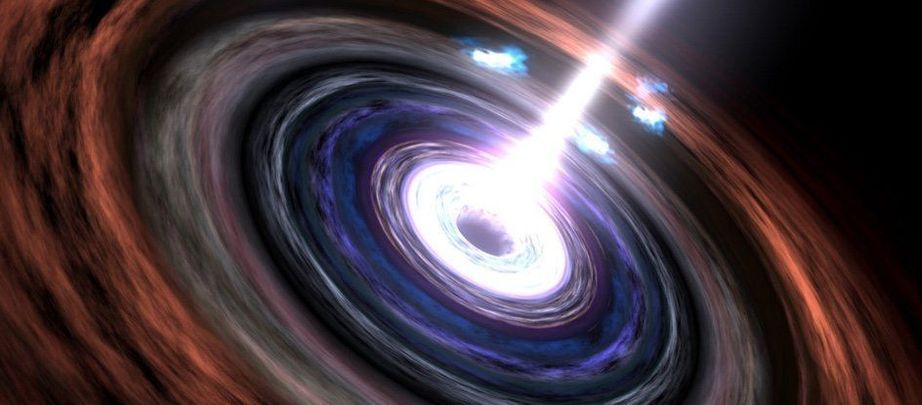Democratic presidential candidate Rep. Tulsi Gabbard  Tulsi GabbardLawmakers call for universal basic income amid coronavirus crisis Tulsi Gabbard calls for giving Americans K a month during coronavirus outbreak Biden consolidates majority support in new Hill/HarrisX 2020 poll MORE (D-Hawaii) called for introducing a universal basic income (UBI) of $1,000 a month until coronavirus “no longer presents a public health emergency.”
Tulsi GabbardLawmakers call for universal basic income amid coronavirus crisis Tulsi Gabbard calls for giving Americans K a month during coronavirus outbreak Biden consolidates majority support in new Hill/HarrisX 2020 poll MORE (D-Hawaii) called for introducing a universal basic income (UBI) of $1,000 a month until coronavirus “no longer presents a public health emergency.”
“Most Americans don’t have that safety emergency bank account even for a short term, what to speak of if you’re talking about weeks, or in this case people are looking at potentially months,” Gabbard said in an interview on Hill. TV.
Her proposal, H.R. 897, would give a UBI of $1,000 per month to all adult Americans “until COVID-19 no longer presents a public health emergency.”






